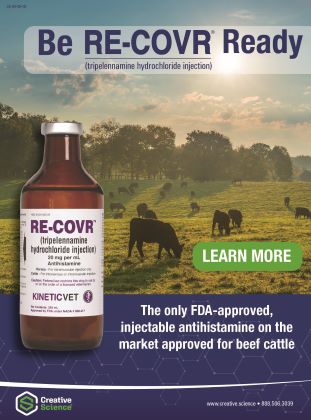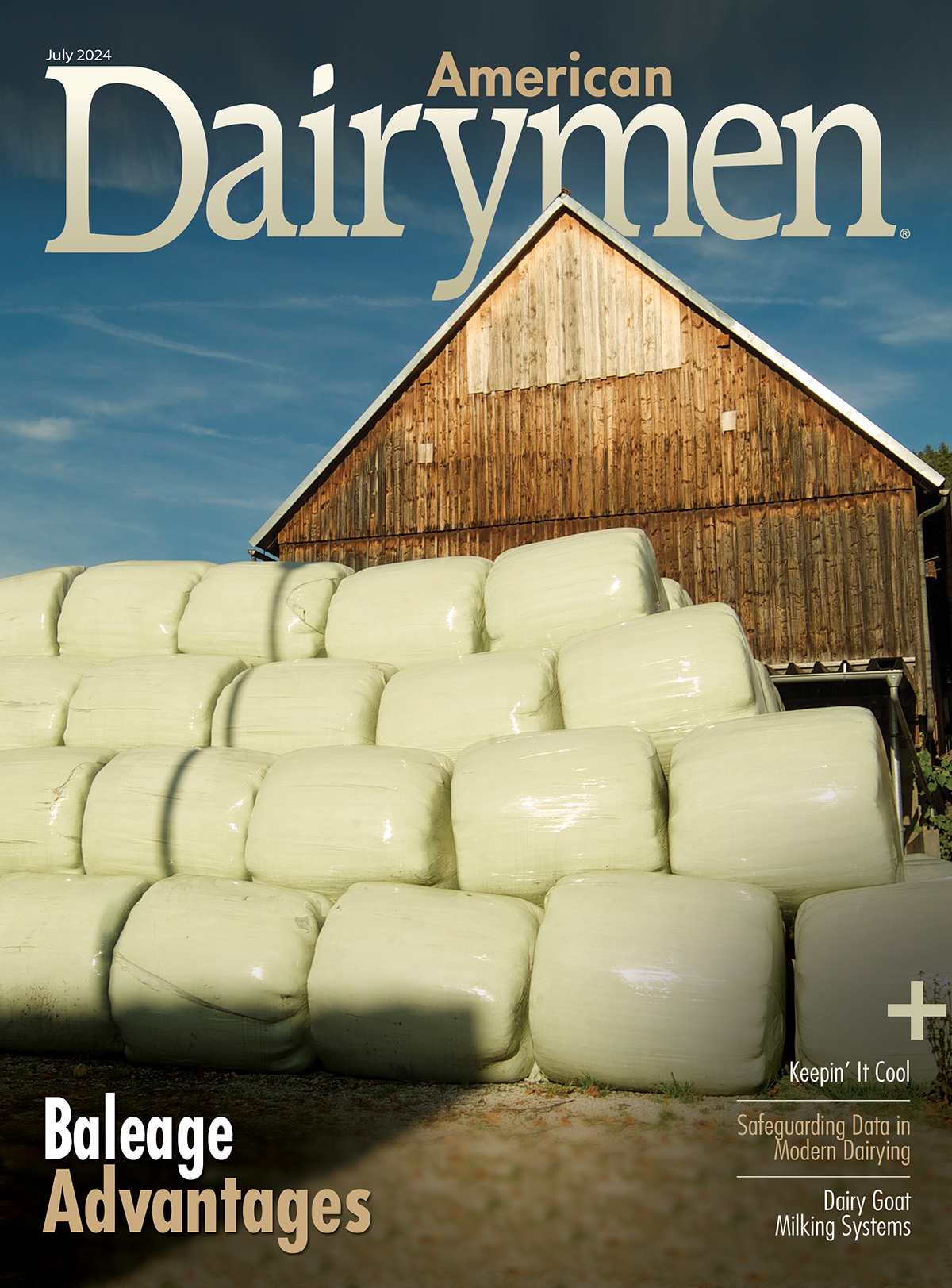Check Out Our Current Issue!
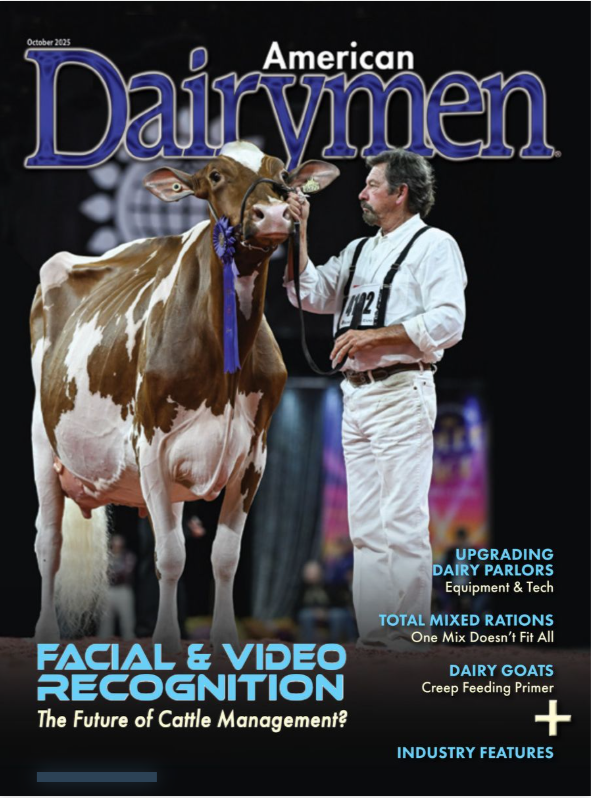
In This Issue of the American Dairymen October 2025
- Will Facial & Video Recognition Manage Tomorrow’s Cattle
- Total Mixed Rations
- Upgrading Dairy Parlors
Click Here To View This Issue Now!

MJE Livestock Equipment Ups Efficiency with New CNC Plasma Cutting Table
Montezuma, KS – June 12, 2024 – MJE Livestock Equipment, a leading manufacturer of high-quality livestock handling systems, is proud to announce the addition of a state-of-the-art CNC plasma cutting table to their production process. This innovative machine, the PlatinumCut from Machitech, marks a significant step forward in the company’s commitment to continuous improvement and operational […]
READ MORE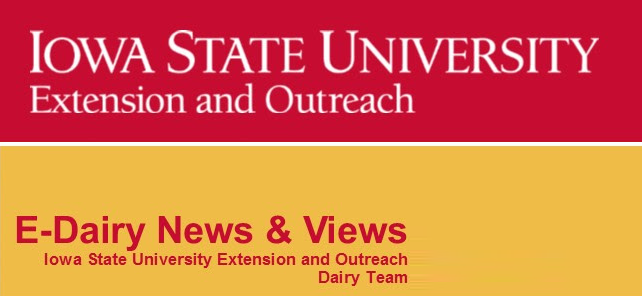
Iowa State University Dairy News & Upcoming Events!
Herd in the Barn Greetings from the Iowa State University Extension and Outreach Dairy Team! We are here to inform you of the most current educational events, research, and tools available; enhancing dairy profits and quality of life. Please contact us with any questions you may have. Following you will find info on: Recommended 2024 Guidelines […]
READ MORE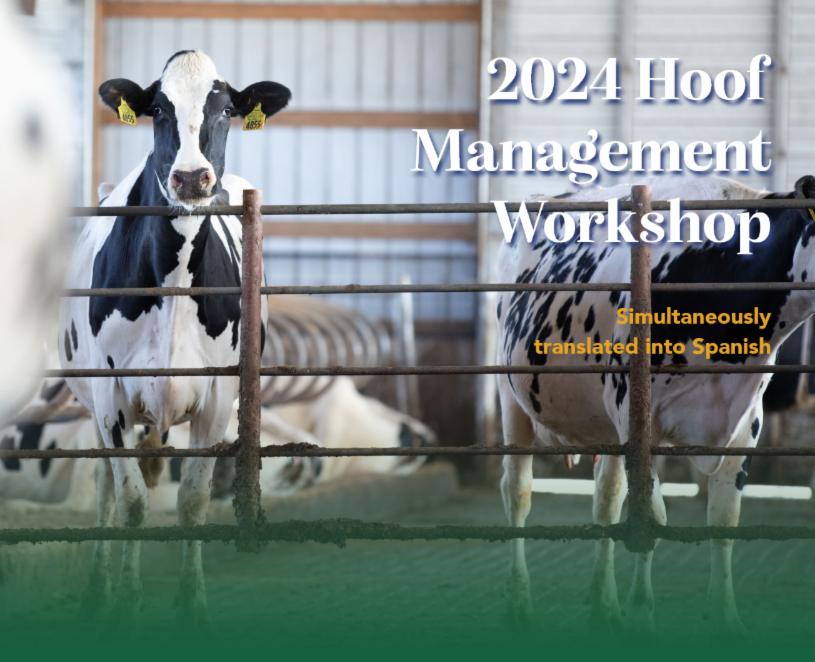
2024 Hoof Management Workshop
These hooves are made for walking PDP’s Hoof Management Workshop on June 20 will have you learning through interactive training sessions while utilizing the workshop’s host farm, Maier Farms in Waunakee, Wis., as a living case study. With three hands-on breakout sessions, you’ll have the opportunity to discuss and experience practices that reduce lameness incidences […]
READ MORE
Celebrate June Dairy Month at Educational Open Houses
Celebrate June Dairy Month at Educational Open Houses Gain a deeper understanding about dairy production during educational events AMES, Iowa – Iowans can learn more about the dairy industry and experience modern dairy farming methods as the Iowa State University Extension and Outreach dairy team celebrates National Dairy Month in June. Two dairy open houses are planned, […]
READ MOREFeatured Story
Regenerative Agriculture on a Dairy Farm
Paul and Erin Kernaleguen are dairy farmers and soil consultants near Birch Hills, Saskatchewan, committed to regenerative practices in growing forage for their cattle. They farm with Paul’s Parents, Jos and Brenda.
“We were a very conventional dairy operation until 2012 when we started looking at doing some things differently because our weather was super-wet for a couple years. Our average annual precipitation is about 12 inches of moisture, but we’d had two years in a row with about 40 to 50 inches, which made farming extremely difficult!” says Paul.
Twin Rivers Media
Publisher of American Cattlemen and American Dairymen magazines. Founded over 30 years ago, Twin Rivers Media serves the information and marketing needs of America’s beef and dairy producers.




